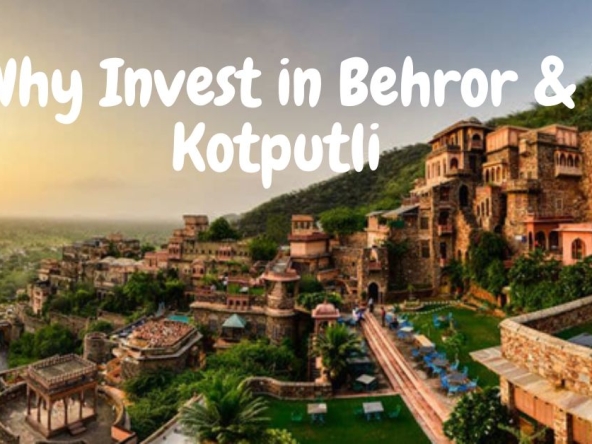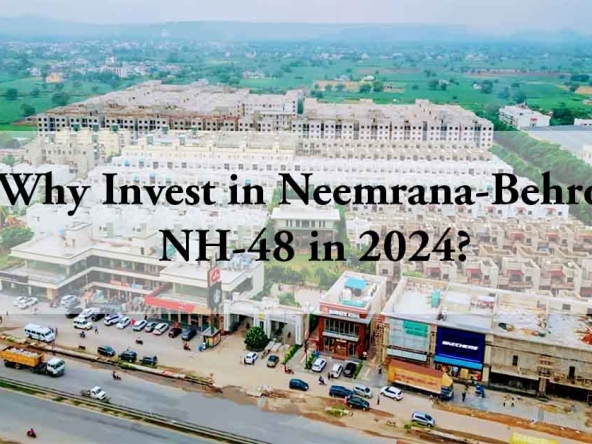Introduction
In recent years, North India’s real estate landscape has undergone significant transformation, driven by a combination of government projects, infrastructural developments, and the region’s growing appeal as a tourism destination. This blog explores how these factors are reshaping the property market, creating opportunities for investors, developers, and homebuyers.
1. The Role of Government Projects in Boosting Real Estate
The government has played a crucial role in the expansion of North India’s real estate sector, particularly through large-scale initiatives such as Smart Cities Mission and the Pradhan Mantri Awas Yojana (PMAY). These projects have not only promoted urban development but also enhanced affordable housing options across tier-2 and tier-3 cities.
Smart Cities Mission:
Cities like Chandigarh, Varanasi, and Amritsar are benefiting from smart urban planning, improving the livability index and attracting both commercial and residential projects.Affordable Housing Schemes:
PMAY is facilitating housing for all, contributing to a surge in demand for mid-range and affordable properties, particularly in emerging areas surrounding major cities.
2. Transportation and Connectivity: A Game Changer
Efficient transportation networks are critical to the growth of real estate. Recent upgrades in highways, expressways, and rail links are enhancing connectivity across North India, making once-remote areas more accessible and attractive for property investments.
The Delhi-Mumbai Expressway:
This ambitious project, which passes through key cities such as Gurgaon, Jaipur, and Alwar, is expected to drastically reduce travel time while boosting property values along the route.Regional Rapid Transit System (RRTS):
The ongoing development of the RRTS will revolutionize connectivity between Delhi and surrounding areas like Meerut, boosting suburban real estate markets.
3. Rising Tourism and Its Impact on Real Estate
North India’s rich cultural heritage, spiritual destinations, and natural beauty continue to attract both domestic and international tourists. Tourism infrastructure improvements, including better roads, upgraded airports, and new hospitality projects, are fueling growth in both the residential and commercial real estate sectors.
- Key Tourist Destinations Driving Real Estate:
Destinations like Rishikesh, Dharamshala, and Shimla are seeing a rise in demand for vacation homes, luxury resorts, and eco-friendly properties, positioning these locations as attractive investment hubs.
4. Real Estate Growth Hotspots to Watch
As these developments unfold, several cities and regions are emerging as real estate hotspots in North India. Some key areas to watch include:
Gurgaon and Noida:
These cities continue to be prime real estate markets, thanks to proximity to the national capital, thriving IT hubs, and ongoing infrastructural upgrades.Jaipur and Alwar:
The Delhi-Mumbai Industrial Corridor (DMIC) is positioning these cities as future commercial and industrial hubs, with significant real estate opportunities along the corridor.Chandigarh and Ludhiana:
As Punjab focuses on industrial development and Chandigarh evolves as a smart city, the surrounding regions are experiencing an upswing in real estate activity.
Conclusion
North India’s real estate sector is on a steady upward trajectory, thanks to a combination of government initiatives, improved connectivity, and the region’s growing tourism industry. For investors and homebuyers alike, understanding these trends and identifying key growth areas is essential to capitalizing on the region’s potential. With the right foresight, the future of real estate in North India holds immense promise.




